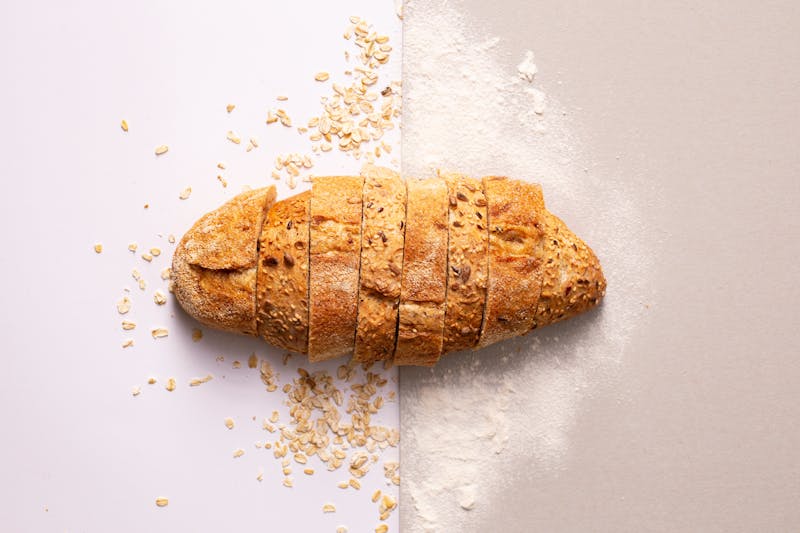Fougasse

Fougasse is a distinctive flatbread from the Provence region of France, known for its decorative appearance with slashes that resemble an ear of wheat or a leaf. This bread is a staple of Provençal cuisine and is often flavored with local ingredients like olives, herbs, and cheese.
History
Fougasse has ancient origins and is descended from the Roman panis focacius (hearth bread), which also gave rise to Italian focaccia. Historically, fougasse served a practical purpose in bread baking: bakers would use it to test the temperature of their wood-fired ovens before baking larger loaves. Its flat shape allowed it to bake quickly, giving the baker an indication of whether the oven was at the right temperature.
Characteristics
- Shape: Flat and leaf-shaped with decorative slashes
- Texture: Crisp exterior with a soft interior
- Flavor: Often enhanced with regional ingredients like olives, herbs, or lardons
- Ingredients: Flour, water, yeast, olive oil, salt, and various flavorings
Traditional Preparation
The dough for fougasse is similar to a basic bread dough but often includes olive oil for flavor and texture. After the first rise, the dough is shaped into a flat, leaf-like form and distinctive slashes are cut to create the characteristic pattern. These cuts also help the bread bake evenly. Before baking, the bread may be brushed with olive oil and sprinkled with sea salt or herbs.
Regional Variations
Different areas of Provence have their own variations of fougasse. In Nice, you might find fougasse flavored with orange flower water and sugar as a sweet version. In other regions, savory versions with olives, cheese, anchovies, or herbs like rosemary and thyme are common. In Foix, a version called "fougasse à la graisse" is made with pork fat instead of olive oil.